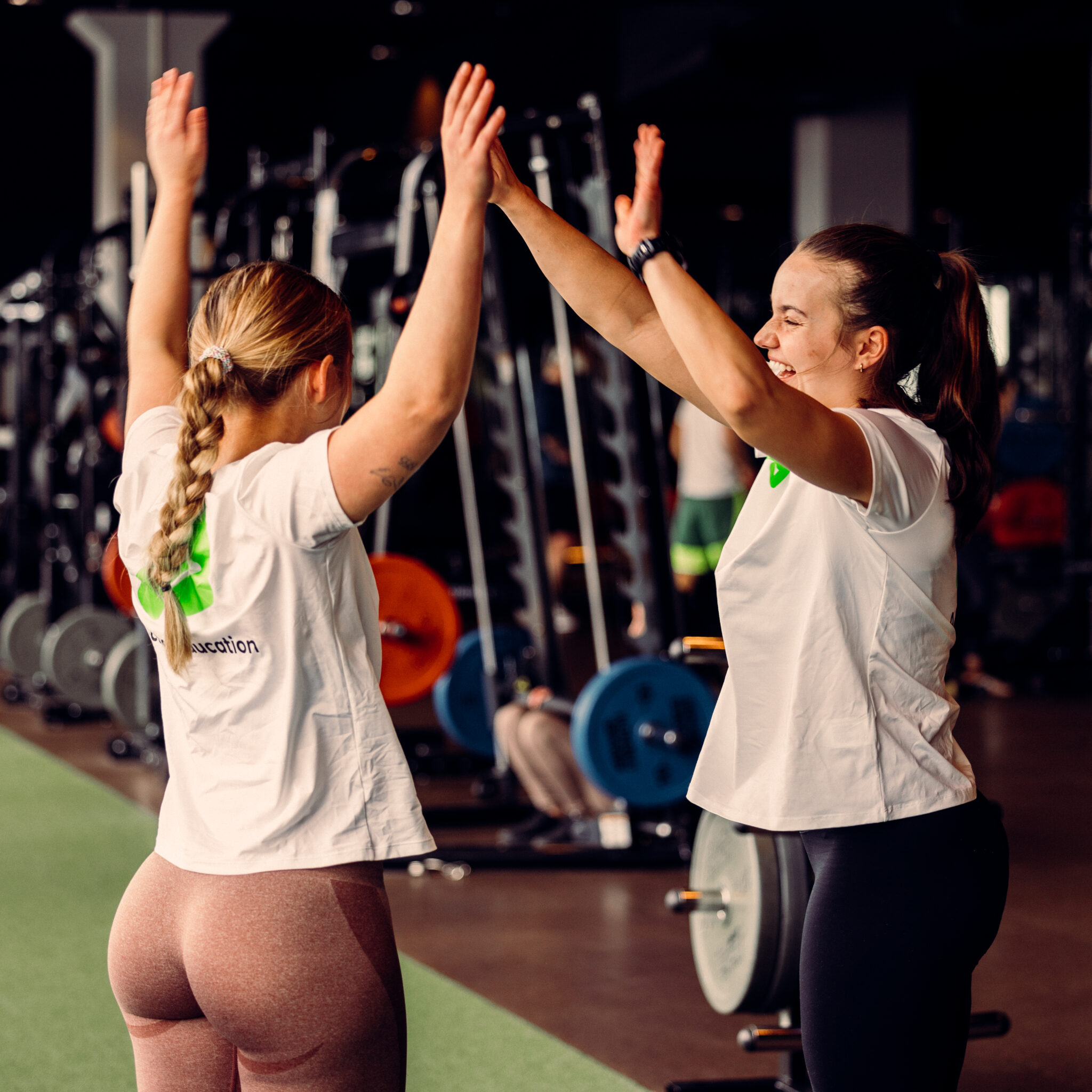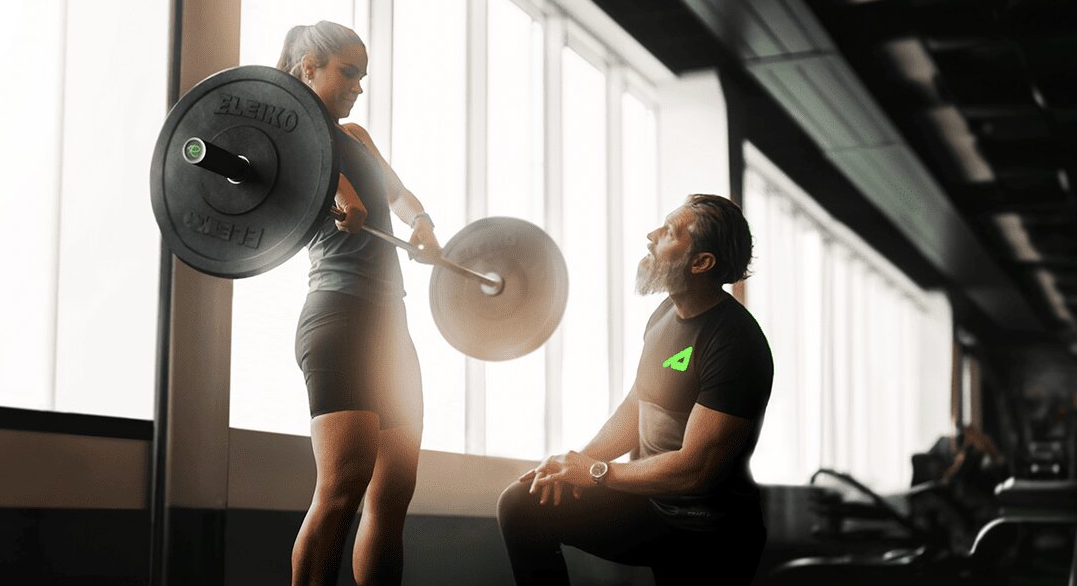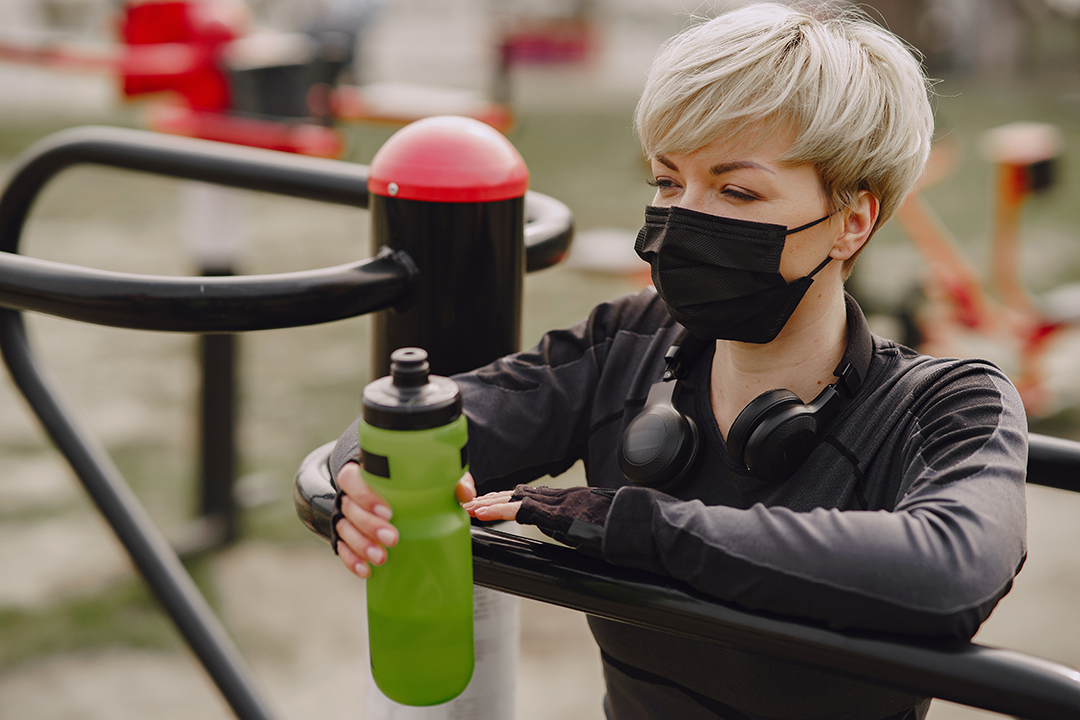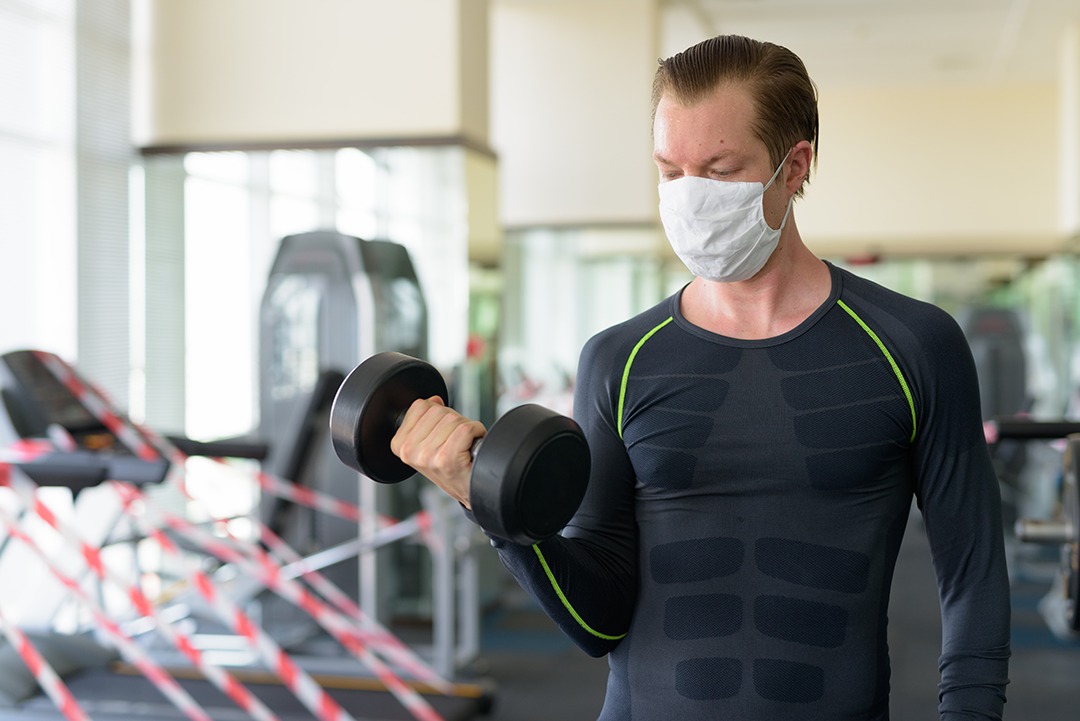Whether it’s the World Series or Wimbledon, pro athletes seem to have superhuman abilities. But what sets an All-star apart from every other young athlete with a dream?
It takes more than talent to make a childhood dream into reality. The success comes from their habits — the little things they do consistently. Here are five pro athlete habits that you can adopt to succeed on the field, at home, or in the business world.
1. They set specific goals.
Professional athletes don’t make it to the big time by accident. It takes determination and focus to achieve their goals, and that grit is what helps them make it to the top. “Most elite athletes are hyper focused on what’s driving them and what their motivators are,” says Victor Hall, vice president of facilities at EXOS. “Because of that, they often go through a more formal goal-setting process than your typical youth athlete or the general population.”
Whether it’s an award they want to win, a stat they’re aiming for, or a world record they want to break, everything they do is aligned with that vision. And there’s a reason for that. “The professional sports world is centered around metrics. Stats are key to success, and all measurable variables can easily have goals behind them. This is very different from someone whose occupation is subjectively evaluated,” says Brent Callaway, performance director of pro and elite sports at EXOS.
Your game plan: To bring some of this champion mindset into your day-to-day life, set SMART goals: specific, measurable, achievable, relevant, and time-bound. And keep those goals at the forefront of your mind. Professional athletes use everything from notes on the mirror to acronyms written on their shoes to a token they carry in their wallet that helps remind them to stay on track.
2. They feed their performance.
If you’ve ever seen a teenager eat, you know it’s often more about quantity than quality. In contrast, professional athletes are more educated about nutrition and work with dietitians to create meal plans. “Their diet is more focused on performance, and fueling that performance, than overall food preference,” says Hall.
Callaway says it’s all about the support they receive: “Imagine if you were sitting at your desk and the company dietitian came up to you to evaluate your lunch selections and measure your hydration levels, and followed that up by paying you a bonus to weigh in optimally for your success. It’s likely many of us would hold our standards higher if we were supported and guided to make good food choices.”
Your game plan: Match your diet to your performance goals, and ask a dietitian to help you come up with a plan if you need extra guidance. Poor nutrition can degrade your performance, slow your recovery time, and make it harder for you to stay focused when it matters most.
3. They reduce their injury risk.
At the top of any pro’s training priority list is reducing their risk of injury. After all, their career depends on their ability to stay off the bench. “Professional athletes who take physical wellness seriously build a system of support around themselves. They establish a network of people who can guide them through offseason strength and conditioning, recovery strategies, and nutrition,” says Callaway.
Inquisitive athletes also ask questions, read books, and even sit in on classes and workshops created for coaches to gain as much insight as possible. And they use that insight to better listen to their body. “Professional athletes are more in-tune with what their body is telling them. If they start to feel a tweak or something is more sensitive than normal, they pick up on those signals a lot better than most folks,” says Hall.
Your game plan: Even non-athletes can feel better and work better if they avoid injury. Next time you feel a tweak in your knee, don’t try to push through it without assessing what’s really going on. And take ownership of your health by building your own network of supporters and constantly asking questions, whether it’s about movement corrections, nutrition, or anything else that can help you.
4. They don’t skimp on sleep.
Sleep is one of the most undervalued aspects of recovery. And it’s something that serious professional athletes make sure not to skimp on. Top performers like LeBron James, Roger Federer, Usain Bolt, Steve Nash, and Venus Williams reportedly get over 10 hours of sleep each night.
“Whether or not they know the science behind it, athletes intuitively recognize that they perform better, think more clearly, and react sooner when they’ve had good sleep,” says Hall. “On the flip side, they can feel and see the differences when they’re a little sleep deprived. It doesn’t take much, just two or three nights of poor sleep, and there will be a significant drop-off in performance and they’ll feel it.”
Your game plan: The average person should aim for seven to nine hours of sleep a night. Create the best sleep environment by buying blackout curtains, using a fan for low-level ambient noise, setting the temperature between 67-71 degrees, and removing pets and illuminated clocks from your room. Just like the pros, you’ll notice the difference in your alertness and mood at work when you’re well rested.
5. They use physical therapy, even if they’re healthy.
For professional athletes, physical therapy isn’t just a six-week, 12-visit regimen; it’s part of ongoing, continuous maintenance to keep their bodies in top condition. This proactive approach helps them stay ahead of problems and extend the length of their careers.
They’re also careful to watch out for overuse injuries. Hall says, “Many sporting situations are repetitive and asymmetrical in nature so overuse injuries come with the territory. The pros utilize their offseason to create as much balance as possible. They’re resting, building their strength back up, and making sure they have good balance on both sides.”
Your game plan: Use your own downtime to balance out any repetitive movements you make, and talk to a physical therapist about strategies that can help you combat the aches and pains of daily life. That might include passive or active recovery, like stretching, foam rolling, or corrective exercises that are specifically designed for getting a small muscle group stronger and helping the body move more efficiently.








